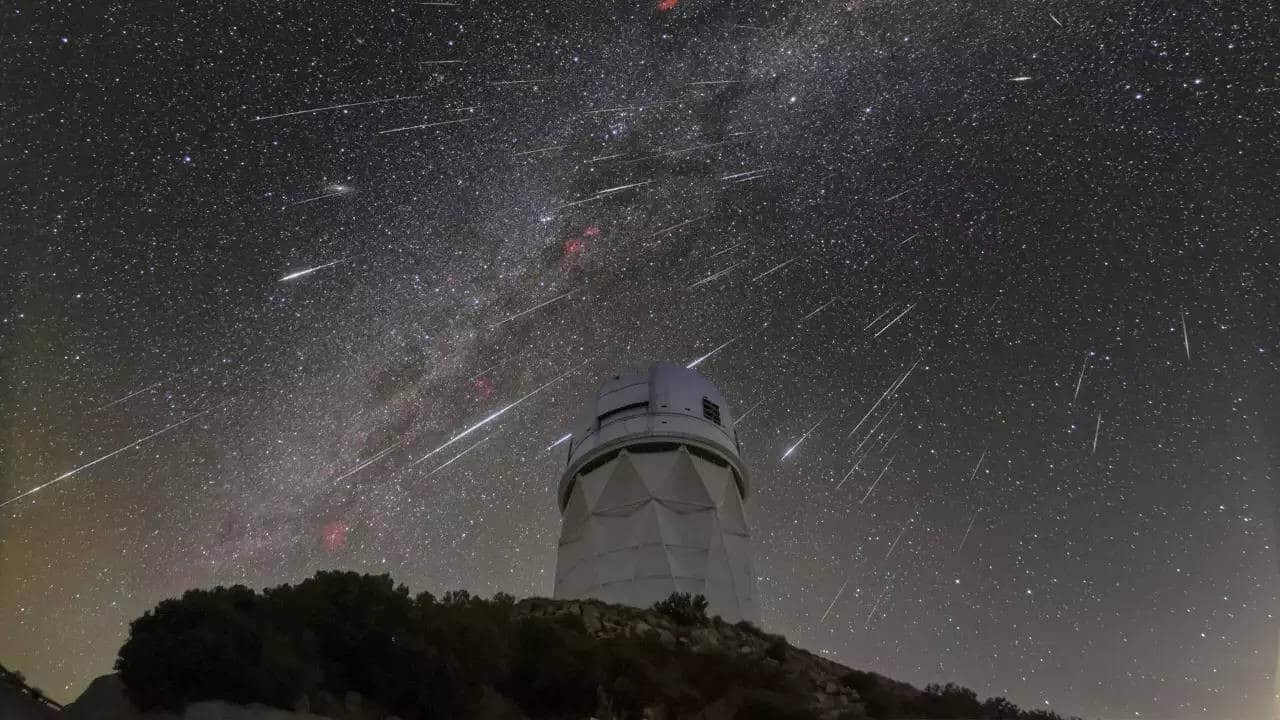
2025's first meteor shower peaks tonight: How to witness Quadrantids
What's the story
The Quadrantid meteor shower, a spectacular celestial event, will grace the skies this week. This annual display, recognized by NASA as one of the best meteor showers, will peak on the evening of January 2 and continue into the early hours of January 3. The Quadrantids are known for their bright fireball meteors that illuminate the night sky every year during this period.
Viewing guide
Quadrantids's unique characteristics and viewing tips
The Quadrantid meteor shower is special because of its short yet spectacular show. Under peak conditions, as many as 200 meteors/hour may be visible. This year's viewing conditions are especially good as the Moon will only be 11% full during the shower, offering ideal darkness to stargazers around the globe. The best views will be in the Northern Hemisphere where viewers should find a dark, open area and lie on their back with feet pointing northeast for optimal viewing.
Fireball phenomenon
Quadrantids and the spectacle of fireball meteors
The Quadrantids are famous for their bright fireball meteors, which are larger explosions of light and color that last longer than an average meteor streak. These fireballs come from larger particles of material and are much brighter with magnitudes greater than -3. This unique feature makes the Quadrantid meteor shower a visual treat, one that should not be missed by any amateur or experienced stargazer.
Planetary alignment
Mars and the Quadrantids: A celestial double feature
Along with the meteor shower, January also presents a close encounter with Mars. On January 12, Mars will be closest to Earth since 2022, looking larger and brighter than usual. Soon after, it will align with Earth and the Sun, making it even more prominent in the night sky. This planetary alignment along with the Quadrantid meteor shower promises a spectacular start to the new year for astronomy enthusiasts.
Meteor source
Origin and future of the Quadrantid meteor shower
The Quadrantids come from asteroid 2003 EH1, which takes 5.52 years to orbit the Sun. Discovered on March 6, 2003, by the Lowell Observatory Near-Earth Object Search (LONEOS), this small asteroid, measuring about three kilometers in diameter, is thought to be a "dead comet" or a "rock comet." After the Quadrantids, stargazers can look forward to another celestial event in mid-April - the Lyrid meteor shower.